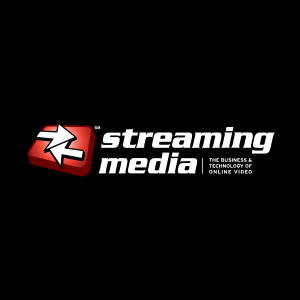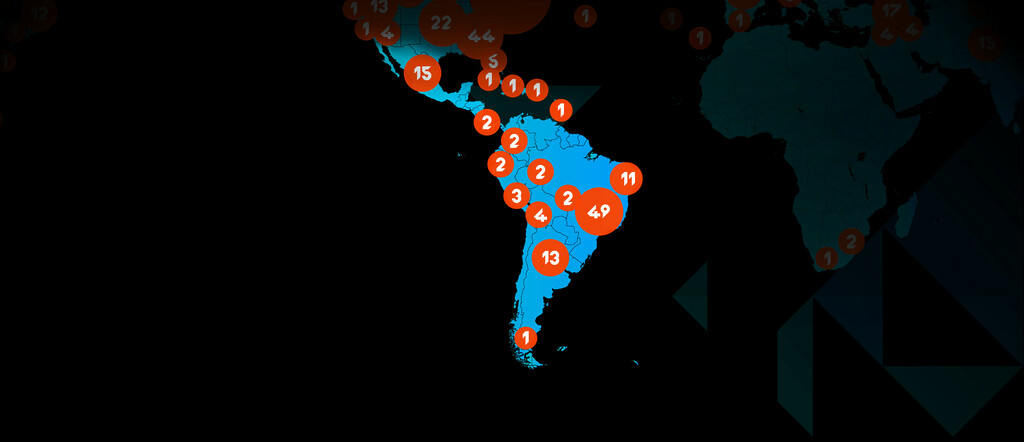
Yahoo Scores Solid QoE Results with First Live Streamed NFL Game
New Open Streaming Architecture Makes Internet TV “The New Normal”
Along the journey of an industry transformation from broadcast TV to Internet TV, Yahoo’s live streaming of today’s NFL game in London was a seminal event. The NFL and Yahoo teamed up to make a powerful statement during this event. Namely, that streaming could reliably serve as the only means by which many viewers would watch the game—this was the first NFL game that was primarily an Internet TV event. Other than a local TV broadcast in the hometown markets of Buffalo, New York and Jacksonville, Florida, the only access to this regular season NFL game was through a live stream from Yahoo. And by all objective measures, Yahoo delivered. Yahoo reported that all ad inventory was sold out for the game well ahead of the kick off. More importantly, as evidenced by published reports and Qwilt’s own QoE data from deployments across North America, Yahoo delivered strong quality of experience to viewers. To be sure, anecdotal reports of game streaming quality were mixed, but quantitative measurement of Average Bit Rate in North America markets suggest solid QoE results.
New Streaming Architecture Leverages Open Caching Layer in ISP Networks
The impact of this streaming event is more profound as you look under the hood. In addition to the major Commercial Content Delivery Networks (CDNs) that were enlisted to provide streaming capacity worldwide to meet demand, this NFL game also leveraged the new open caching infrastructure, deployed deep in ISP networks, close to consumers, which boosted overall delivery capacity and improved Quality of Experience for viewers. This open caching infrastructure forms a final layer of caching, close to consumers and fulfills the streaming architectural edict that we must push content to the edge.

Open Caching Architecture
The streaming audience for this game, in which the Buffalo Bills played the Jacksonville Jaguars at Wembley Stadium near London was significant. Based on data from North American fixed-line ISPs, this Yahoo Live event managed to attract 7% of all data subscribers during the game’s exciting fourth quarter. In terms of bandwidth generated, the event peaked at 12% of all traffic following the two minute warning mark.
The viewer distribution chart below shows the changes in streaming viewers throughout the duration of the game starting with the pre-game show. Notice the dip duration half-time and the game’s climax during the final Buffalo drive. If one would compare the audience measurement to standard TV rating points, the 7% would yield an audience size of roughly 8 million subscribers.

Viewer Distribution throughout Game
This volume of traffic is even more impressive when one considers the fact that the game, played in London, aired early on Sunday morning in the US (930am ET / 630am PT). While it’s true that this game would not have driven the audience associated with a Sunday Night Football slot, the turnout was still impressive. The large number of streaming viewers is explained, in part, by Yahoo’s heavy promotion of the event across all of its online properties in the weeks leading up the game. The Yahoo Sports home page featured promotions for the game prominently.
The mix of client devices during the game, as shown in the client distribution chart, is consistent with a client profile for a fixed line, broadband ISP in North America with Windows PC clients dominating the mix at 57% followed by Apple iOS – Mac, iPhone, iPad (26%) and Android (11%). Other clients including Playstation and Roku registered very small use for this NFL game. The mix would change in favor of more iOS and Android mobile devices on mobile networks in the region.

Client Distribution throughout Game
High Cache Efficiency Confirms Value of Open Cache
Qwilt’s open caching systems, when encountering Yahoo Live streams associated with the NFL live broadcast, reported over 75% effective cache efficiency. This strongly confirms the leverage of open caching—live streams from popular events, in markets where open caching systems are deployed, would originate from deep in the ISP network, near consumers. For these popular live events, regardless of the source of content or origin of the stream, this open architecture will push 75% of live stream traffic out to the neighborhood where consumers are viewing. For popular events and as more broadcast TV moves to Internet TV, the open cache layer would offload the vast majority of streaming traffic from ISP backbone networks and peering points. The long term cost savings, both in capital and operational costs to the network operator and CDN, are significant as an intelligent network takes the place of ‘brute force’ capacity. Most important, the open cache layer improves QoE for viewers. Networks with Qwilt open caching deployed experienced a roughly 30% improvement in QoE as measured by combined average bitrate to viewers of the game.
The Revolution (from Broadcast TV to Internet TV) Will Not Be Televised
What makes the live streaming of this NFL game seminal is that it all just worked as planned and expected In a coordinated and complimentary way, each content delivery layer, from Yahoo’s origin to the commercial CDNs to the Open Cache deep in the ISP network, did its part to optimize content delivery for cost and QoE. Each layer optimized delivery to push the live stream closer to the viewer without compromising Quality of Experience. And once the last play ended and the players walked off the field, this new open caching layer is ready to instantly move on to the next assignment.
This universal delivery architecture will adapt to any content from any source and scale to any event of any size. In short, this new open architecture for streaming makes the transformation from broadcast TV to Internet TV possible and inevitable. And with this, we welcome Internet TV – the “new normal”.
Ready to take the next step?
We have a team of content delivery experts ready to answer your questions.
Related resources

Press Release
Qwilt showcases Open Edge Cloud for Content Delivery achievements at NAB Show 2024

Blog
Amazon’s “Diamond” points to Open Caching for live sports streaming

Press Release
Turkcell partners with Qwilt and Cisco to boost content delivery from the network edge, enhancing digital streaming experiences across Türkiye

News




